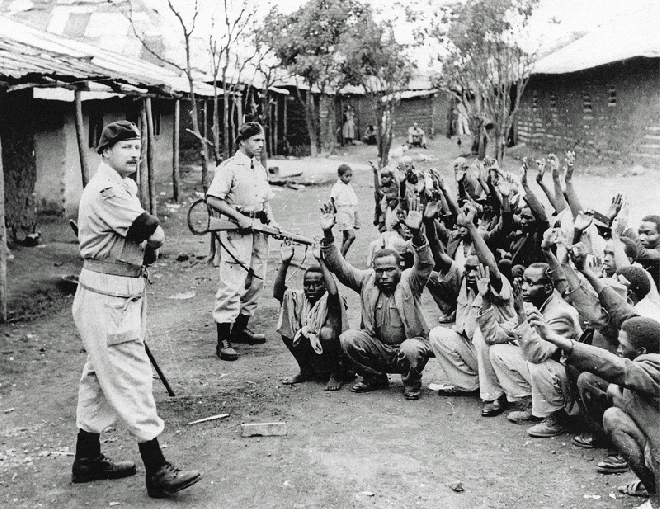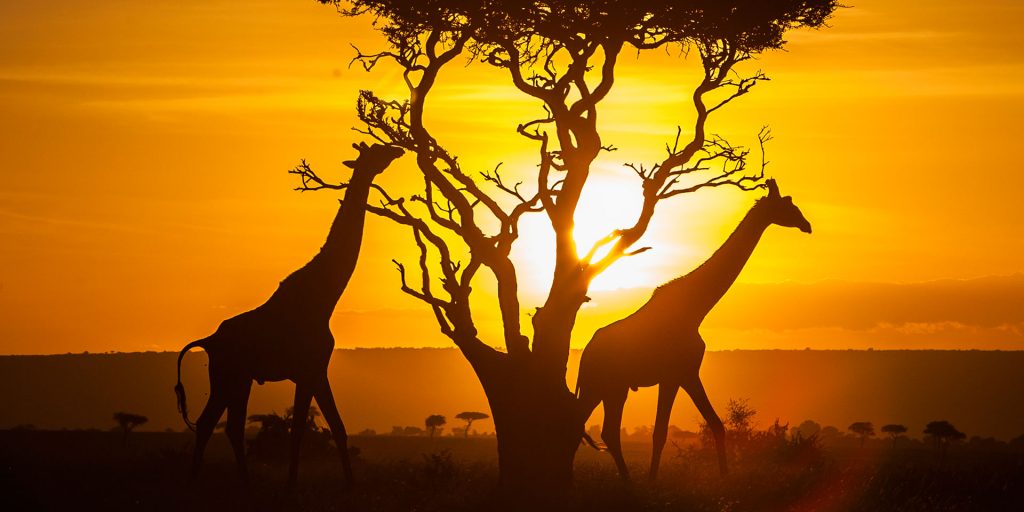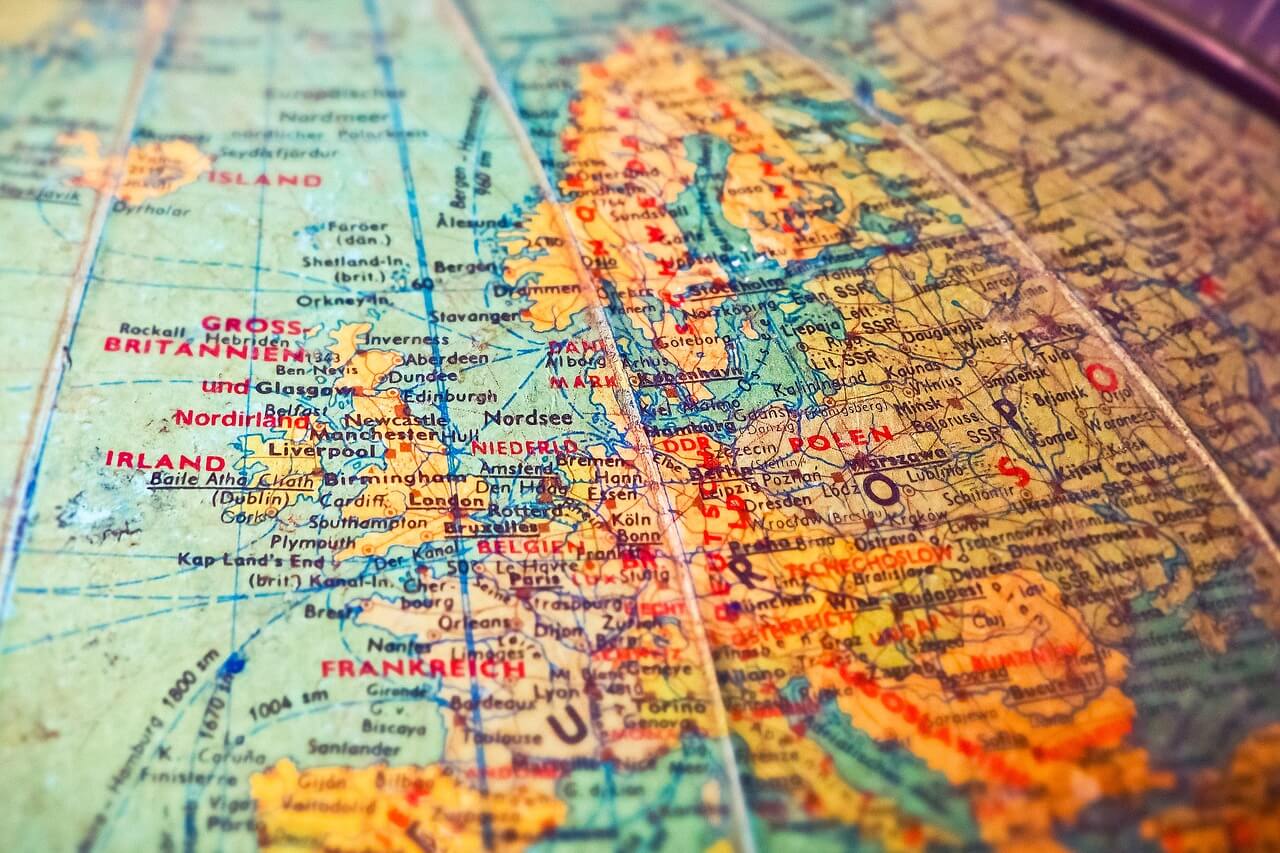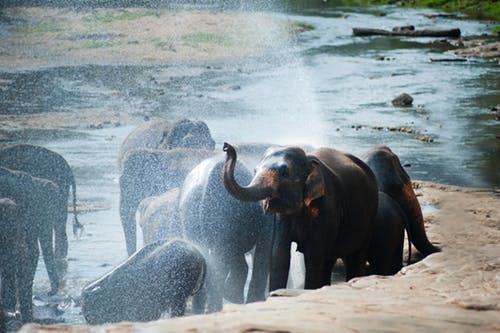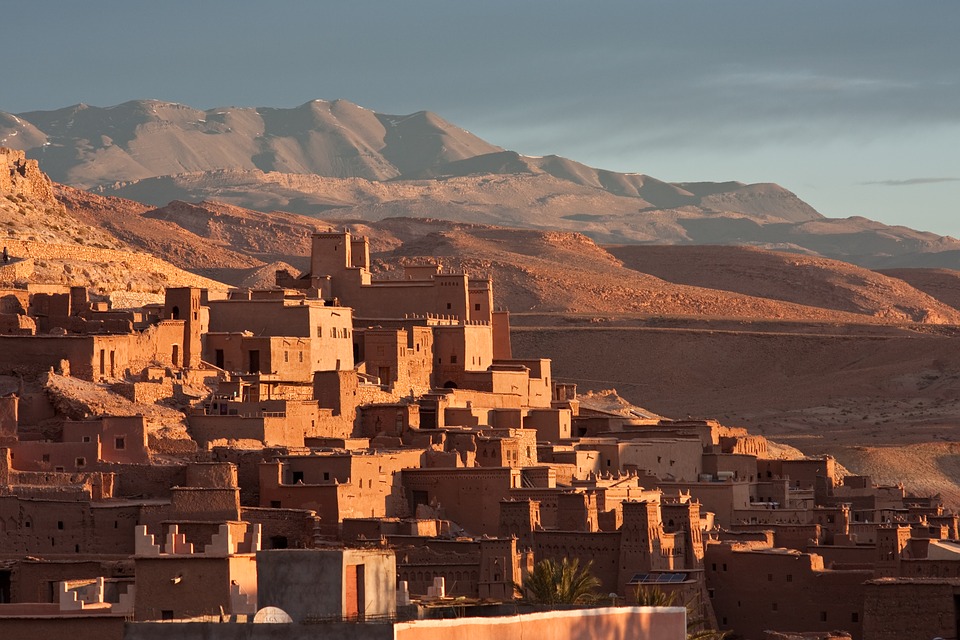Updated on 2024/03/21- The history of Kenya dates back million years ago. The Rift Valley, which runs through the center of Kenya, is one of the greatest mysteries that happened millions of years ago.
Early archeological discoveries at Lake Turkana in Kenya of ancient hominoid, or human-like skulls dating back 2.5 million years ago. For this reason, Kenya is regarded as the cradle of Mankind.
Colonial History of Kenya
The colonial history of Kenya was set forth by the Portuguese who were the first Europeans to explore the region of current-day Kenya, Vasco da Gama having visited Mombasa in 1498.
Related: What is Kenya Known for today
Gama’s voyage was successful in reaching India and this permitted the Portuguese to trade with the Far East directly by the sea, thus challenging older trading networks of mixed land and sea routes, such as the Spice trade routes that utilized the Persian Gulf, Red Sea and caravans to reach the eastern Mediterranean.
Omani Arab colonization of the Kenyan and Tanzanian coasts brought the once independent city-states under closer foreign scrutiny and domination than was experienced during the Portuguese period.
Must read: The Origins of Mombasa Town and The fort Jesus
Arab governance of all the major ports along the East African coast continued until British interests aimed particularly at ending the slave trade and creation of a wage-labor system began to put pressure on Omani rule, this is the point where the history of Kenya started changing and moving towards Christianity.
Christian Mission in Kenya
The first Christian mission was founded on August 25, 1846, by Dr. Johann Ludwig Krapf, a German-sponsored by the Church Missionary Society of England. He established a station among the Mijikenda on the coast. He later translated the Bible into Swahili.
The colonial takeover met occasionally with some strong local resistance: Waiyaki Wa Hinga, a Kikuyu chief who ruled Dagoretti who had signed a treaty with Frederick Lugard of the BEAC, having been subject to considerable harassment, burnt down Lugard’s fort in 1890. Waiyaki was abducted two years later by the British and killed.
Following severe financial difficulties of the British East Africa Company, the British government on July 1, 1895, established direct rule through the East African Protectorate, subsequently opening (1902) the fertile highlands to white settlers.
The Mau Mau Rebellion
A key watershed came from 1952 to 1956, during the “Mau Mau Uprising”, an armed local movement directed principally against the colonial government and the European settlers. It was the largest and most successful such movement in British Africa, but it was not emulated by the other colonies.
The protest was supported almost exclusively by the Kikuyu, despite issues of land rights and anti-European, anti-Western appeals designed to attract other groups.
The British killed over 4000, and the Mau Mau many more, as the assassinations and killings on all sides reflecting the ferocity of the movement and the ruthlessness with which the British suppressed it.
Kenyatta denied he was a leader of the Mau Mau but was convicted at trial and was sent to prison in 1953, gaining his freedom in 1961. To support its military campaign of counter-insurgency the colonial government embarked on agrarian reforms that stripped white settlers of many of their former protections.
Agrarian reforms in Kenya
For example, Africans were for the first time allowed to grow coffee, the major cash crop. Thuku was one of the first Kikuyu to win a coffee license, and in 1959 he became the first African board member of the Kenya Planters Coffee Union.
During the London conference held in 1960, an agreement was reached between the African members and the English settlers of the New Kenya Group, led by Michael Blundell. However many whites rejected the New Kenya Group and condemned the London agreement because it moved away from racial quotas and toward independence.
Political Parties in historic Kenya
Following the agreement, a new African party, the Kenya African National Union (KANU), with the slogan “Uhuru,” or “Freedom,” was formed under the leadership of Kikuyu leader James S. Gichuru and labor leader Tom Mboya.
Mboya was a major figure from 1951 until his death in 1969. He was praised as non-ethnic or anti-tribal and attacked as an instrument of Western capitalism. Mboya as General Secretary of the Kenya Federation of Labor and a leader in the Kenya African National Union before and after independence skillfully managed the tribal factor in Kenyan economic and political life to succeed as a Luo in a predominantly Kikuyu movement.
A split in KANU produced the breakaway rival party, the Kenya African Democratic Union (KADU), led by R. Ngala and M. Muliro. In the elections of February 1961, KANU won 19 of the 33 African seats while KADU won 11 (twenty seats were reserved by quota for Europeans, Asians, and Arabs). Kenyatta was finally released in August and became president of KANU in October.
Post Colonial History of Kenya
A brief history of Kenya under Jomo Kenyatta
Founding president and liberation struggle icon Jomo KENYATTA led Kenya from independence in 1963 until his death in 1978, when President Daniel Toroitich Arap MOI took power in a constitutional succession.
A brief history of Kenya under Daniel Arap Moi rule
The country was a de facto one-party state from 1969 until 1982 when the ruling Kenya African National Union (KANU) made itself the sole legal party in Kenya. MOI acceded to internal and external pressure for political liberalization in late 1991.
The ethnically fractured opposition failed to dislodge KANU from power in elections in 1992 and 1997, which were marred by violence and fraud but were viewed as having generally reflected the will of the Kenyan people.
A brief history of Kenya under Mwai Kibaki
President MOI stepped down in December 2002 following fair and peaceful elections. Mwai KIBAKI, running as the candidate of the multiethnic, united opposition group, the National Rainbow Coalition (NARC), defeated KANU candidate Uhuru KENYATTA and assumed the presidency following a campaign centered on an anti-corruption platform.
KIBAKI’s NARC coalition splintered in 2005 over the constitutional review process. Government defectors joined with KANU to form a new opposition coalition, the Orange Democratic Movement, which defeated the government’s draft constitution in a popular referendum in November 2005.
President Kibaki came back to power after the highly controversial and bloody 2007 election, and to calm down the violence in the country he had to make a deal brokered by the UN to bring the leader of the opposition to a coalition government; this brought back the post of prime minister a position held by Raila Odinga.

A constitutional referendum was held in Kenya on August 4, 2010, on whether to adopt a proposed new constitution passed by parliament on April 1, 2010, and the yes vote was over 60% of the votes cast. The new constitution is seen as a vital step to avoid a repetition of the violent outbursts after the 2007 presidential election.
What The British Did To Kenya
The history of Kenya goes very deep and many people try to forget about it when Britain is mentioned. Even with the progress that Kenya has Had, What the British did to this country was inhuman. Here is a letter from David Larder, who served in Britain’s colonial army in Kenya.
it reads;
“I doubt if all the secrets of the Kikuyu uprising will ever be known. Young soldiers were brainwashed into believing they were fighting in Kenya for our glorious empire. Sixty years ago I was there as a 19-year-old national service officer.
I am delighted that the government has given some token compensation for Kenyans who suffered torture (Britain’s brutal past exposed, 6 June). I still suffer from memories of the British apartheid system there and numerous instances of arbitrary killing and brutality by British forces, Kenya police and Kenyan African Rifles. In reality we protected land-grabbing British farmers and enriched UK companies.
Young troops were encouraged to shoot any African on sight in certain areas. Prize money was offered by senior officers for every death. The brains of one young black lad I shot with no warning (by orders) landed on my chest. He had no weapons, only a piece of the Bible and part of an English-language primer in his pocket.
Before I burned his body near the farm where he had been working, I was ordered to cut off his hands, which I did, and put them in my ammunition pouches, as we’d run out of fingerprinting kits. Of course, he was recorded as “a terrorist”. I was told to shoot down unarmed women in the jungle because they were carrying food to the so-called “Mau Mau” – a word they never called themselves.
The whole of this Kenyan tragedy was predictable. Although Kenyan black troops had fought for the British in the second world war, they were rewarded with their land being taken away, no press or trade union freedom, suppression of political movements and slave-like conditions of work, which I witnessed.
Yes, some black Kenyans did turn on others for not rising up against such indignities. But many of those who were killed were local chiefs and their supporters, who had co-operated with hugely rich white farmers. However, the revenge killings by the colonial authorities were totally disproportionate – with bombing raids, burning of villages and the forced movement of thousands of families onto poorer land, in the name of “protection”. Very few white people were killed by Africans.
But it wasn’t just the black people who suffered. I remember telling my company commander that a young soldier whose medical records showed he was only fit for clerical work should not go on a military exercise.
I was laughed at. He was forced to go. After three hours’ steep climb through jungle, he died in my arms, probably from a heart attack. Because I remonstrated, I was ordered to take a donkey and carry his body, which kept slipping off, for nearly a week to deposit him at HQ on the other side of the Aberdare mountains. His mother was told he was a hero who’d died on active service.
I was sickened by my experiences. I disobeyed orders and was court-martialled and dismissed from the service. I actually thought I was going to be shot. Stripped of my uniform, I was told to make my own way home. Then I wrote to Bessie Braddock, the Labour MP, and was put back in my uniform to fly home in a RAF plane.
After campaigning around the country for Kenyan independence, I received new call-up papers, because I had not finished my national service. I then decided to stand trial and become the first British man allowed to be registered as a conscientious objector against colonial warfare. History has proved me right. With these expressions of “regret” by our foreign secretary, I now feel vindicated for being pilloried as a “conchie”.

